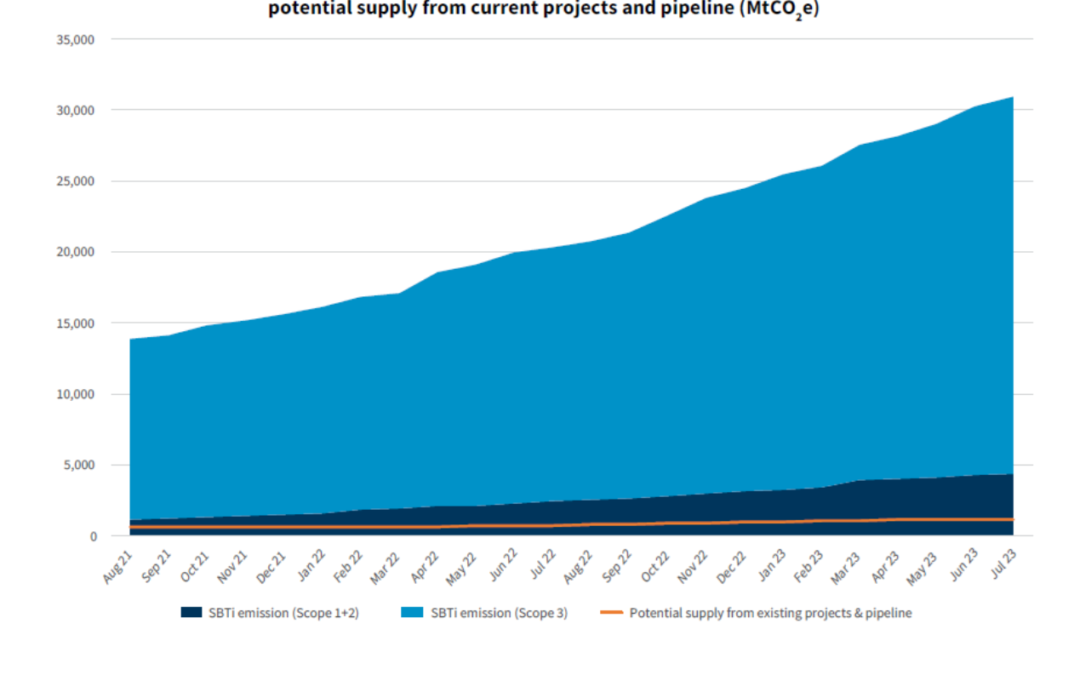In April Carbon Growth Partners warmly welcomed the announcement from the Science Based Targets initiative (SBTi) Board of Trustees that it:
- recognizes that the use of environmental attribute certificates – including voluntary carbon credits – for abatement purposes on Scope 3 emissions could function as an additional tool to tackle climate change.
- has decided to extend their use for the purpose of abatement of Scope 3 related emissions beyond the current limits.
While specific rules, thresholds, and guardrails for the use of credits will be announced in July, the decision announced by SBTi provides vital certainty to responsible companies seeking to reduce net emissions and will open practical pathways to accelerating global climate action.
The announcement by the SBTi followed soon after the announcement by the Integrity Council for the Voluntary Carbon Market (ICVCM) that three carbon standards – American Carbon Registry, Climate Action Reserve and Gold Standard Foundation – had become the first to meet the high-integrity criteria set out in its Core Carbon Principles (CCPs). Verra – by far the largest standard – is expected to follow in April or May.
ICVCM’s first methodology assessments will be completed by the end of May, after which programs deemed to be CCP-eligible will be able to issue CCP-approved carbon credits. Taken together, the two announcements represent a giant leap forward for carbon credit markets and global climate action, and CGP looks forward to continuing to play a leadership role in scaling the positive impact carbon markets deliver for people and nature.
So, how consequential for carbon prices is today’s announcement from Science Based Targets initiative? Potentially, massively consequential: as Carbon Growth Partners and Bloomberg reported late last year, SBTi companies emit more than 30 billion tonnes of CO2e, of which 27 billion tonnes is Scope 3.
This means if just 2% of SBTi-signatory companies adopted the VCMI’s recommended 50% Scope 3 offsetting, demand for carbon credits would double. If just 10% adopted it, the global stock of carbon credits would be exhausted within a year. Of course, increased demand relies on companies to actually take the actions now offered to them. Only a small number of companies have to do so, in order to really move the demand needle.



